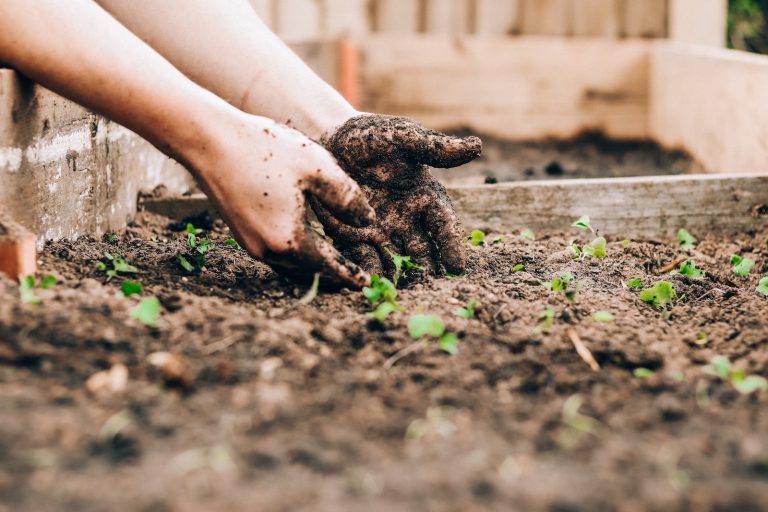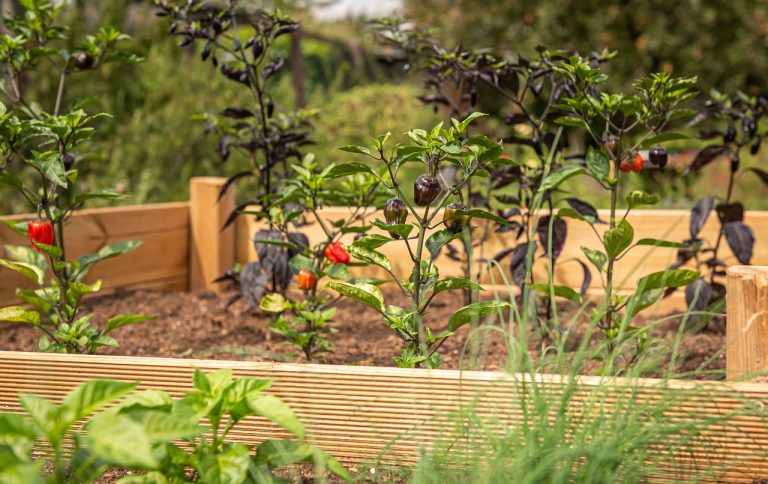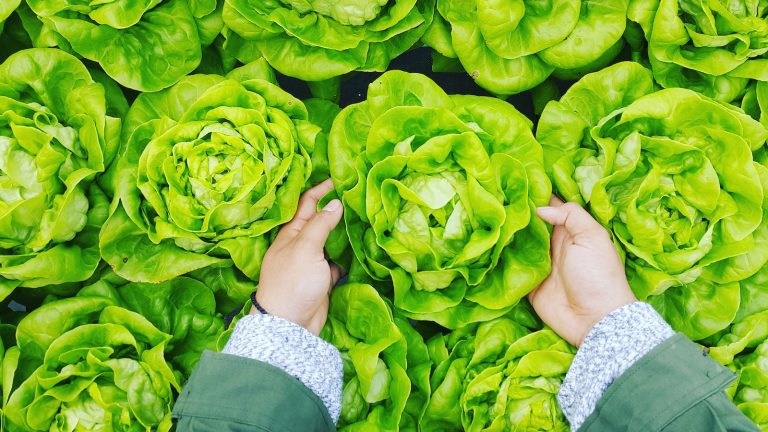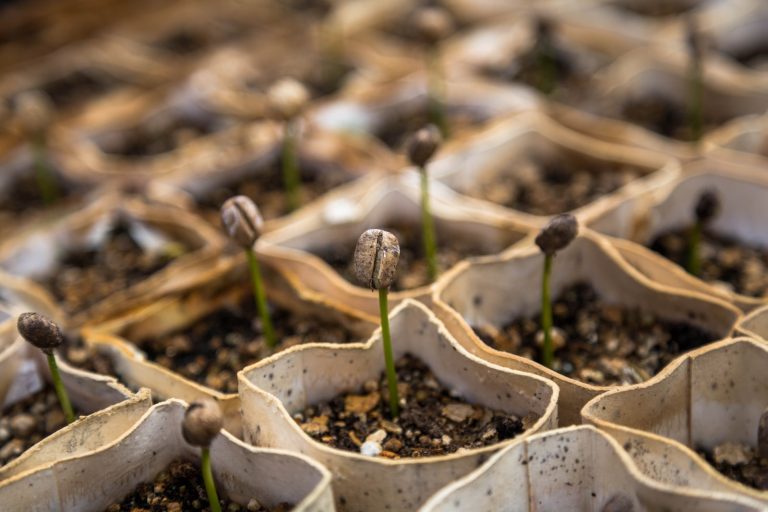Tips for Growing Herbs in Your Home Garden
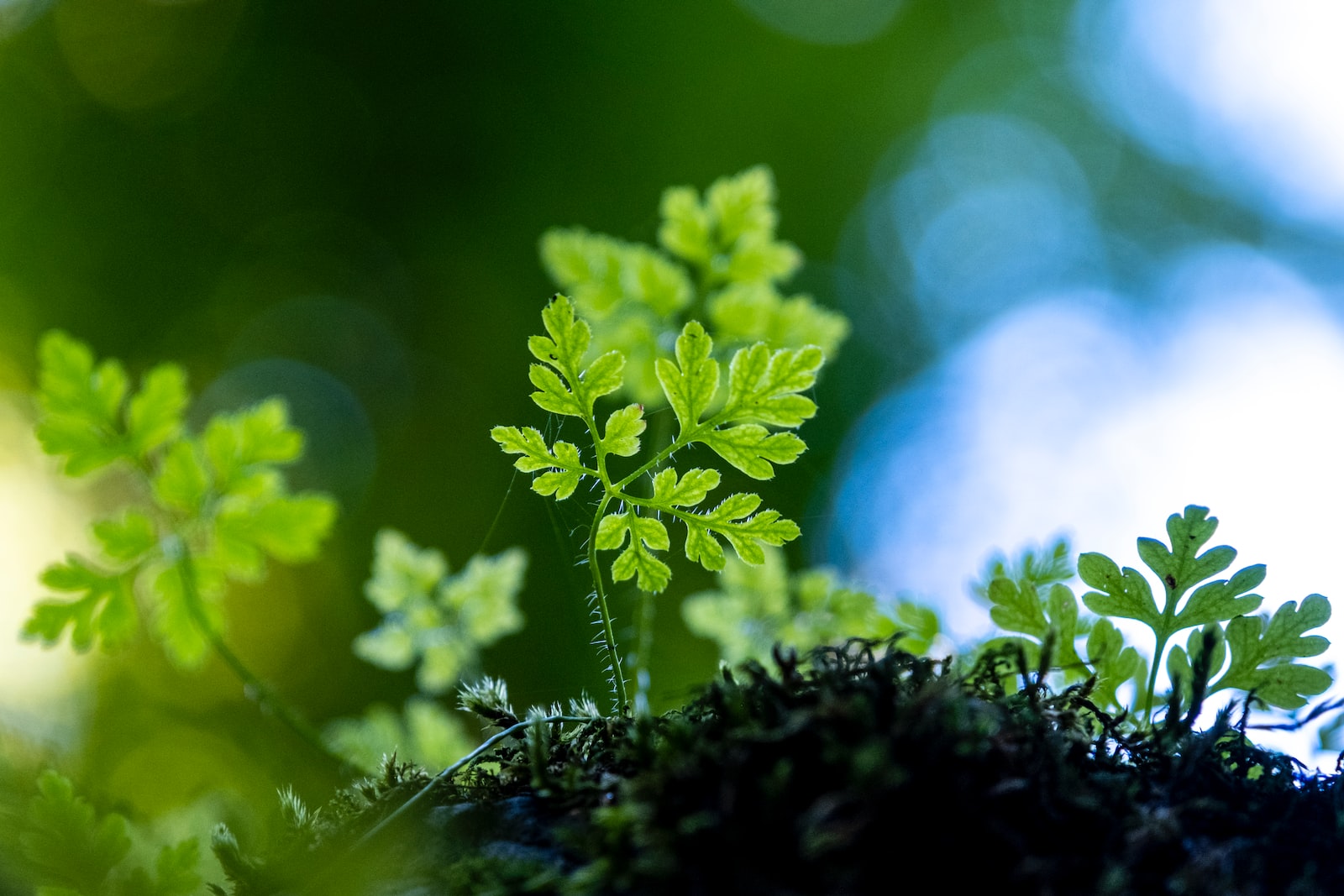
Are you tired of buying herbs at the grocery store only to have them go bad in a few days? Or maybe you’re simply looking for a way to add some greenery to your home garden. Either way, growing your own herbs is an excellent solution!
Not only do they taste better when freshly picked, but they are also easy and affordable to grow. With these tips, you’ll be well on your way to having a thriving herb garden right in your backyard (or even inside your home!).
Benefits of Growing Your Own Herbs
There are many benefits to growing your own herbs. Herbs are relatively easy to grow, and they can add a lot of flavor to your cooking. They can also be used for medicinal purposes.
Some of the most popular herbs to grow include basil, rosemary, thyme, oregano, and mint. But there are many more options available. You can even grow herbs indoors.
Here are some of the benefits of growing your own herbs:
1) Herbs are relatively easy to grow. With just a little bit of care, you can have a thriving herb garden.
2) Homegrown herbs add a lot of flavor to your cooking. Store-bought herbs can be bland in comparison.
3) Herbs can be used for medicinal purposes. For example, peppermint is known to help with indigestion.
4) Growing your own herbs is a great way to save money. Buying fresh herbs at the grocery store can be expensive.
5) Herbs make a great gift for gardening friends or family members. If you grow more than you need, you can share your bounty with others.
Essential Supplies Needed for Growing Herbs
In order to successfully grow herbs in your home garden, you will need a few key supplies. First, you will need a well-draining pot or container for your herbs. Make sure there are drainage holes in the bottom of the pot so that excess water can drain out and avoid roots from rotting.
Second, you will need a quality potting mix or soil that is rich in organic matter. Herbs do best in soils with a slightly acidic pH level between 6.0 and 7.0. You can test your soil’s pH level with a simple soil test kit before planting.
Finally, make sure you have some basic gardening tools on hand like gloves, trowels, and pruners. With these essential supplies, you’ll be ready to start growing healthy herbs at home!
Planting and Maintaining Herbs
Start with well-drained soil in a sunny location. Add organic matter to the soil before planting and mix it in well. Herbs can be planted using transplants or seeds. If planting from seed, plant them shallowly and keep the soil moist until they germinate.
Once your herbs are planted, water them regularly and fertilize monthly with a balanced fertilizer. Be sure to mulch around your plants to help retain moisture and control weeds. When harvesting your herbs, cut them back by no more than one-third to keep them healthy and vigorous.
Pests and Diseases to be Aware
There are a few pests and diseases to be aware of when growing herbs in your home garden. Aphids, whiteflies, and spider mites can all infest herb plants and cause damage. Powdery mildew is a common fungal disease that can affect herbs.
To prevent or control these problems, start with healthy plants from a reputable source, grow plants in well-drained soil, and space plants properly to encourage good air circulation. Keep the garden clean by removing debris and weeds. Inspect plants regularly and treat problems early.
Recipes Using Homegrown Herbs
If you’re lucky enough to have a home garden, you probably have an abundance of fresh herbs at your disposal. But what do you do with all of those herbs? Here are some recipes that will help you use up your homegrown herbs:
Herb-infused olive oil: This is a great way to add flavor to any dish. Simply combine equal parts olive oil and fresh herbs (whatever you have on hand), and let the mixture infuse for 24 hours. Then, strain the oil and store it in a clean jar or bottle.
Pesto: This classic sauce is traditionally made with basil, but you can really use any herb (or combination of herbs) that you like. Just combine the herbs with some olive oil, Parmesan cheese, garlic, and salt and pepper to taste. If you want a thinner pesto, you can add more olive oil or some water.
Herbed vinegar: This is another versatile ingredient that can be used in a variety of dishes. To make it, combine equal parts white vinegar and fresh herbs, and let the mixture infuse for at least 2 weeks. Strain the vinegar before using it in salad dressings, sauces, or marinades.
Drying herbs: If you have more herbs than you know what to do with, one option is to dry them for later use. Hang bunches of herbs upside down in a dry, dark place until they’re completely crisp
Alternatives to Growing Your Own Herbs
If you’re interested in growing your own herbs but don’t have the space or time to do so, there are plenty of alternatives. One option is to purchase a potted herb plant from your local nursery or garden center. These can be found year-round and make for a convenient way to get your herb fix.
Another option is to grow herbs in an indoor windowsill garden. This is a great solution for those with limited outdoor space, and it’s also a fun project for kids or anyone who wants to get their hands dirty. You can find all the supplies you need for an indoor windowsill garden at most hardware or home improvement stores.
Finally, if you really want to get into growing your own herbs but don’t have the time or space for it, consider joining a community garden. Community gardens are popping up all over the country, and they provide a great way to meet other like-minded people while getting some fresh air and exercise.
Conclusion
Growing herbs in your home garden is a great way to add some flavor to your meals and take advantage of the abundance of nature. With just a bit of preparation, such as soil testing and proper watering techniques, you can have an amazing herb garden that provides fresh ingredients with beautiful aromas. We hope these tips have helped you get started on growing herbs in your own home garden; happy gardening!
James is a passionate writer and gardener with years of experience in home gardening. He is the author of several articles and blog posts on HomeGardenBlog.com, a platform where he shares his expertise and love for plants and gardening with the world.

